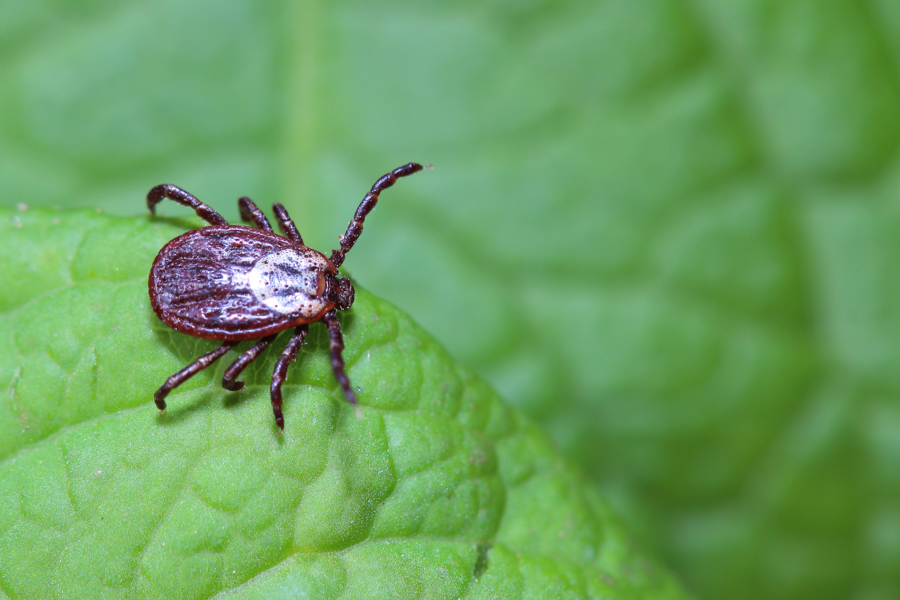Bees, mosquitos, ticks and spiders can all cause uncomfortable skin injuries. Most of the time, pain and itching from stings and bites can be relieved with simple steps at home.
An important exception is an allergic reaction. Seek emergency medical attention for swelling of the face, lips or tongue, difficulty breathing, sensation that the throat is closing, chest pain, racing heartbeat that lasts more than a few minutes, vomiting, dizziness or headache. Watch for these signs in anyone who has been stung or bitten, especially if stung by multiple insects.
Other common insects that can cause injury include fleas, biting flies, mites, bed bugs, fire ants, wasps and hornets. For ordinary bites and stings, applying the right treatment can ease discomfort and promote healing.
The first step after a sting is to remain calm. This is especially important with wasps and hornets to prevent further stings.
Remove the stinger if one remains in the skin. Do this by gently scraping it away with a fingernail or piece of gauze. Never squeeze with tweezers which can release more venom into the skin.
Tweezers can be used to remove a tick from the skin. This should be done as soon as possible after spotting a tick. Sterilize the tweezers with rubbing alcohol. Grasp the tick close to the skin surface and pull straight away from the skin, avoiding breakage that might leave a part behind. Dispose in a sealed jar, in rubbing alcohol, or by wrapping the tick in tape.
Wash the site of the sting or bite with soap and water. This helps prevent the development of a localized skin infection.
Treat discomfort at the site with an ice pack. Over the counter pain medications like ibuprofen and acetaminophen can help for pain. For itch, apply a cream or ointment containing hydrocortisone. If the itch persists, an oral antihistamine can be used.
Contact doctor for signs of disease. Mosquitoes can transmit West Nile virus, while ticks can transmit Lyme disease and the potentially fatal Rocky Mountain spotted fever. Most bug bites don’t make people sick, but prompt medical treatment can prevent serious illness and even save a life. Contact a physician or board-certified dermatologist right away if a fever, rash, fatigue, body aches or headache develop.
Go to the emergency room for a fever with a red or black spotted rash that is spreading, which could be Rocky Mountain spotted fever. A round rash resembling a donut or bull’s eye around the site of a tick bite could be Lyme disease, which also requires medical treatment.
To prevent stings, be mindful of potential nests and hives. Protect against mosquito and tick bites by avoid areas with thick vegetation or long grass. Walk in the center of wooded trails and wear a long shirt and pants tucked into socks. After being in such areas, do a body search for ticks and remove immediately.
Apply repellant after sunscreen.
Visit the American Association of Dermatology website for more about bee stings, tick bites, avoiding bites and stings and when to see a dermatologist after a bite.

